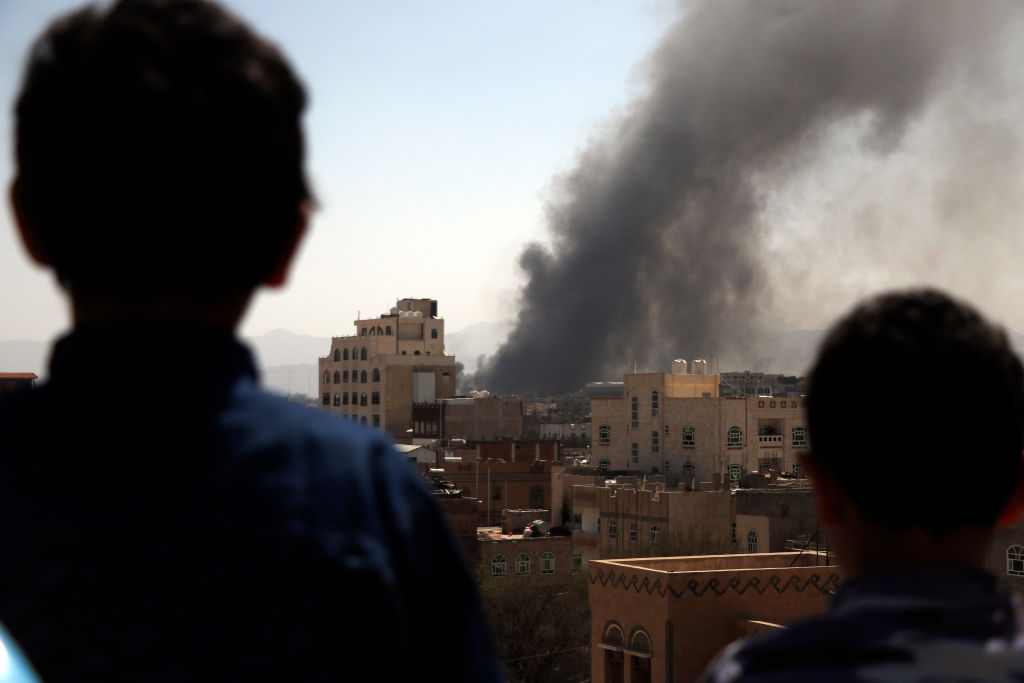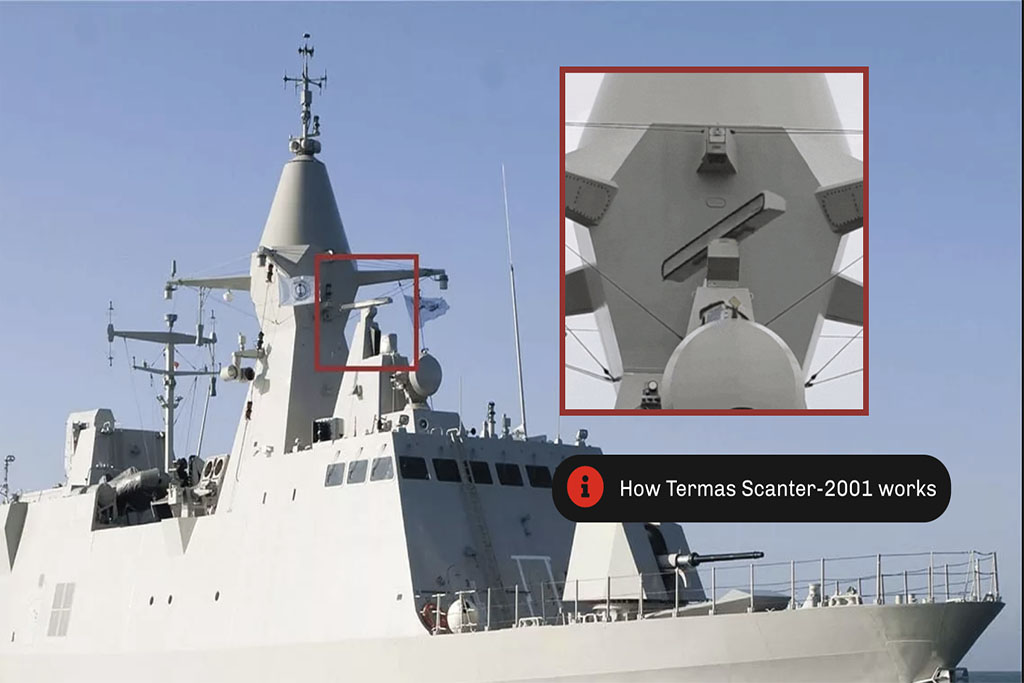Under the Scandinavian radar
Swedish and Danish companies profit from selling arms to UAE and Saudis
When war ships from the United Arab Emirates prevent civilian cargo vessels from reaching Yemen with food, medicine and fuel, their crews rely on Danish radar systems to flag those attempts at delivering emergency aid and to ensure they can intercept them on time.
When UAE aircraft take off to bomb areas controlled by rebel forces in Yemen, deliberately targeting the country’s civilian population to maximize human suffering and destruction, those planes are protected by Danish anti-missile systems.
Perhaps most shocking of all is that all this is happening in spite of a Danish ban on arms exports to the Emirates. And these are just a selection examples of transgressions documented in an investigation involving several Scandinavian media that has already had an impact: Since publication, Danish defence and aerospace manufacturer Terma is facing criminal charges for its role in contributing to the UAE’s war effort in Yemen.
Denmark is not the only culprit. Our reporting indicates that Swedish arms may also be linked to the war in Yemen.
METHODS
The investigation started as a collaboration between NOIR, a Nordic innovation hub for visual investigation and communication, which approached Lighthouse about a possible collective project on the destination of Scandinavian arms exports. . After a core team was established, journalists from Denmark, Norway and Sweden were brought in for more on-the-ground reporting and, after some preliminary research established our key leads and angles, the actual investigation got under way – in the form of a bootcamp in Copenhagen.
The bootcamp kicked off with two days of training, including an introduction to the key tools and strategies that have proved most effective in prior investigations into the arms industry, with independent researcher Youri van der Weide and Lighthouse associate and open-source investigator, Leone Hadavi, sharing their insights. After some initial work in mixed teams, reporters were able to apply their new knowledge by following up on promising leads.
STORYLINES
In March 2015, a Saudi-led coalition including the United Arab Emirates started an air and naval blockade against Yemen. The aim was ostensibly to block supplies from reaching areas controlled by Houthi rebels. But in fact, the blockade primarily affected the civilian population, stopping supplies of food and emergency aid as well as generator fuel for hospitals and water pumps.
The blockade was condemned by United Nations experts and several human rights organizations, which said it constituted a possible war crime by the aggressor nations. And yet it appears the coalition had help.
Our investigation documents how Danish defence manufacturer Terma exported the Baynunah-type radar system for six Emirati warships. It is those same ships that blocked the delivery of humanitarian aid to Yemen to bolster the impact of the Emirates’ military operations in the strife-torn nation. The Danish radar systems of the Scanter 2001 type – were delivered to the Emirates between 2011 and2016, a period including the first two years of the Yemen war. Facing harsh criticism from both Danish and foreign experts for not blocking those exports, the Danish authorities eventually imposed a ban in 2018 though there are questions about its enforcement.
Using satellite images and consulting with military sources, we determined that in Yemen the Emirates have used small Archangel bombers – aircraft equipped with a self-defence system produced by Terma.
Swedish defence systems have also found their way onto UAE ships. The 2015 naval blockade relied on Swedish radar systems and naval guns, a revelation that prompted a coalition of Swedish NGOs to argue for an export ban amid a heated debate on Sweden’s involvement in stoking strife in Yemen.
To keep up to date with Lighthouse investigations sign up for our monthly newsletter
The Impact
Our investigations don’t end when we publish a story with media partners. Reaching big public audiences is an important step but these investigations have an after life which we both track and take part in. Our work can lead to swift results from court cases to resignations, it can also have a slow-burn impact from public campaigns to political debates or community actions. Where appropriate we want to be part of the conversations that investigative journalism contributes to and to make a difference on the topics we cover. Check back here in the coming months for an update on how this work is having an impact.



